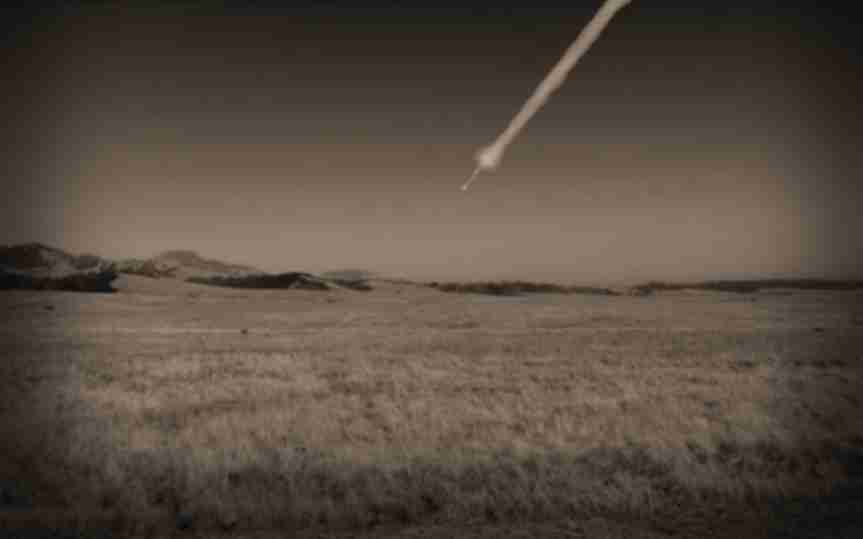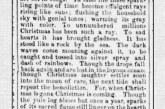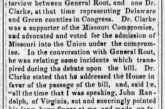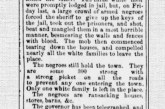
“Meteor of 1860 – Is recalled by New Concord Residents. Parts of it are in Famous Museum”
At noon on the 1st day of May, 1860, while the farm men were busy planting corn and doing other farm work on the Jonas Amspoker farm just east of here, a sudden apparent thundering and awful roaring was heard in the sky above, which frightened not only the people of the farms but also the dogs and chickens.
In an interview with Messrs. W. C. and J. E. Amspoker, who remember the day and the occasion very distinctly they say they never heard such a roaring, hissing, buzzing sound before or since. Upon hearing the sound, they all looked into the sky, only to be frightened by seeing two large bodies flying at lightning speed toward the earth. In a moment the two great bodies of grayish silver ore were hurled into the earth with a terrible roar and a thud that seemed the make the earth tremble. One of these meteor stones was driven two and one-half feet deep into a plowed field about forty rods south of the Jonas Amspoker home and the other struck a rail fence about forty rods northwest of the house.
The piece that struck the rail fence crushed it to the ground and the stone was broken into small pieces. Many from far and near having their curiosity aroused by this wonderful phenomenon, came and carried away piece after piece of this valuable stone before Mr. Amspoker could realize that it was great value to the scientific world. The other which fell in the plowed field was dug up and found to weigh 51 pounds. This piece was carefully kept by Mr. Amspoker for some time. Later he took it with him on a visit to Steubenville, O., where he sold it to Mr. Hamilton for $50. Later it was sold in Marietta, Ohio, where it is at present.
When the stones first fell they were found to be very hot and left some lasting impressions with those who first touched them.
At the same time that these fell on the Amspoker farm, one fell on the N. R. Morgan farm east of here, one on the Alexander McConaughy farm southeast of here, and another on the John Ralston farm still father south. Parts of these valuable stones which fell on that memorable day–the very day that the Democratic party divided into a North and a South, and drove the entering wedge that divided the Union—are now scattered the world over, and are held by colleges and museums as very valuable specimens in their large collections.
In a recent letter from London by Dr. L. R. Culbertson, he makes mention of pieces of this meteor as being the most prized specimens in the S. Kensington Natural History Museum there.
Originally published in the Jeffersonian of Cambridge, OH on 15 Mar 1906




